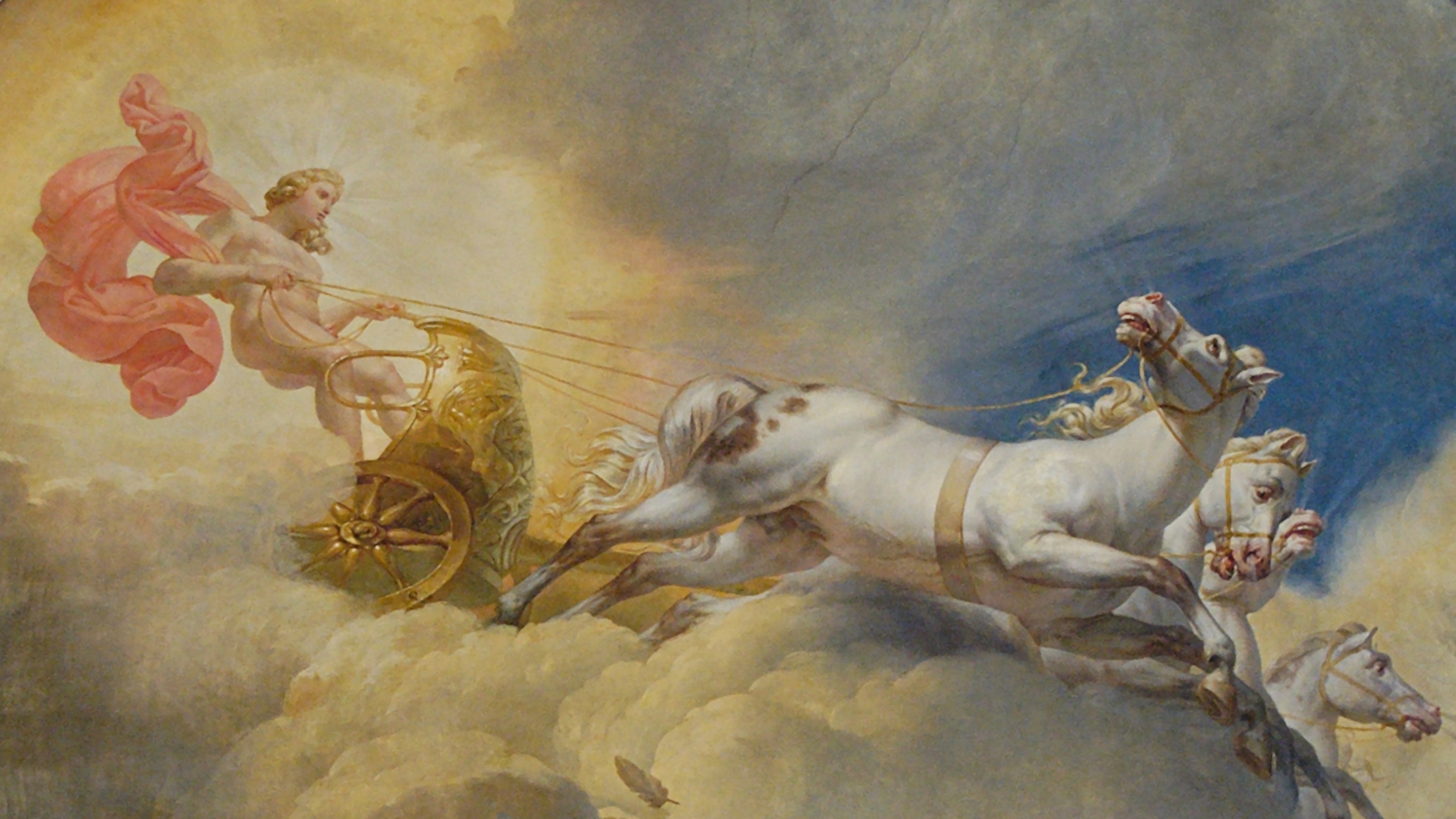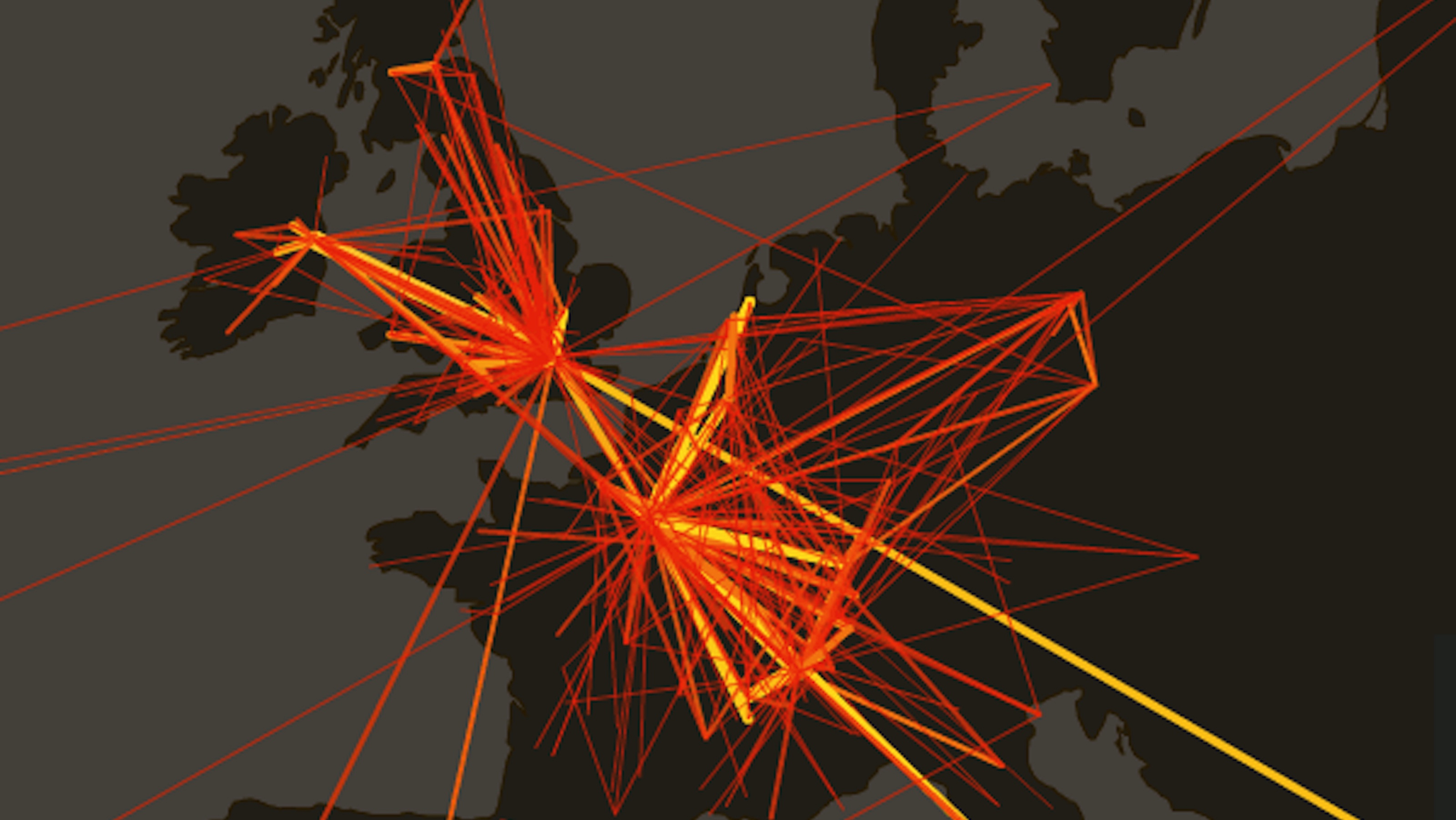If science fiction and the modern cinema have taught us one lesson, it is to never, ever bring carnivorous, land-based dinosaurs back to life. Perhaps that is part of Bill Nye’s motivation to choose a cuddlier, less life-threatening species to attempt to reanimate.
Steller’s sea cow is not an obvious choice for anyone looking to relive the majesty of bygone animal epochs, but then you would hope a career science educator like Bill Nye would bring just such an unfamiliar animal back into the public imagination.
This species of manatee, studied and documented exclusively by Georg Steller, was the Big Friendly Giant of the ocean. Growing to a length of 10 meters and weighing between 5 and 10 tons, it lacked any teeth at all, instead depending on a padded mouth to chew kelp.
Sadly, it took human explores only 27 years to drive the Steller sea cow into extinction, according to the BBC. First discovered by Captain Vitus Bering of the Russian Navy in 1741, the last remaining sea cow was reportedly killed in 1768. One report of the time said that one sea cow could feed a crew of 33 men for a month, making the meat an incredibly rich source of food.
Here Bill Nye discusses potential technology that, by analyzing the DNA inside Steller sea cow bones, could provide enough genetic information to reintroduce the species into the wild. Because some species of manatee still live in the wild, scientists would not need to go full Jurassic Park. They could potentially supplement missing genetic material from actual manatees, not frogs.
Bill Nye’s most recent book is Unstoppable: Harnessing Science to Change the World.







